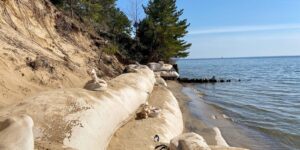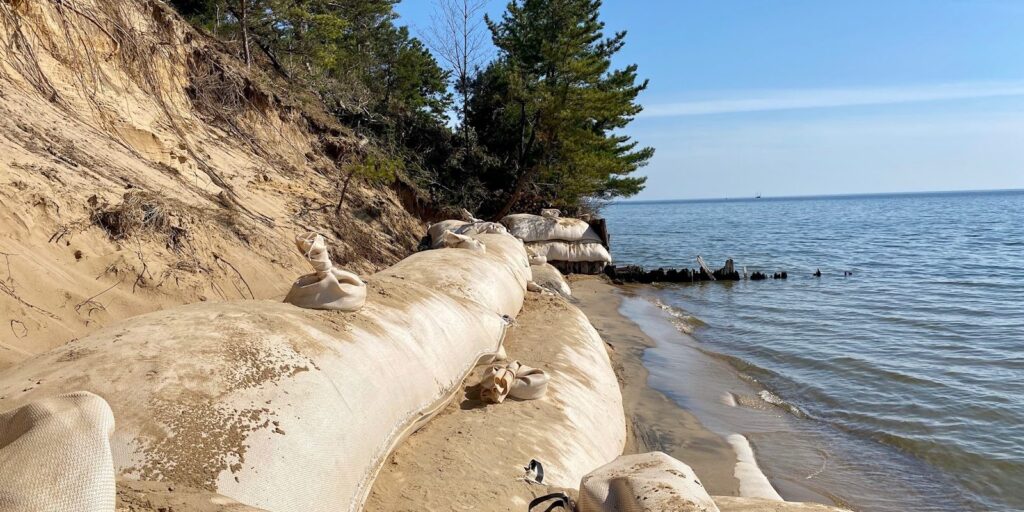The main function of geotextile bags
Protection: Geotextile bags can be used to protect and reinforce soil and rock surfaces. It can resist soil erosion and rock weathering, and reduce erosion and damage to the ground caused by factors such as water flow and waves.
Screening function: Geotextile bags can form a filter layer in the soil to maintain the stability and drainage of the soil. It blocks the passage of larger soil particles while allowing moisture and air to permeate freely between the geotextile bags.
Reinforcement: Geotextile bags can be used to reinforce and enhance soil structures such as foundations, dams and slopes. It provides strength and stability, forms a skeleton structure in the soil, and distributes loads, reducing soil settlement and deformation.
Water filtration function: Geotextile bags can be used as a water filtration layer to filter and separate suspended particles and impurities in the soil to ensure clean water and smooth drainage.
Consolidation: Geotextile bags can be used for soil consolidation and collection of infiltrating liquid. It can improve the engineering performance of the soil and improve the quality and stability of the foundation.

The production process of geotextile bags
Material preparation: choose the appropriate geotextile material, commonly used is polypropylene (PP) or polyester (PET) synthetic fiber material. Determine the specification, thickness and color of the material according to the needs.
Cloth cutting: Cut the geotextile material according to the design requirements, which can be cut by hand or by special cutting equipment.
Stitching or Welding: The geotextile is stitched or welded using a sewing machine or heat fusion equipment to form the basic shape of the bag. Stitching is usually done with thread, and welding is done by applying heat to melt and bond the fabric together.
Reinforcement: The edges and joints of the bag are reinforced for strength and durability. Commonly used reinforcement methods include suture reinforcement, hot-melt reinforcement or adding reinforcement tapes, etc.
Further processing: According to the needs, other processing is carried out on the geotextile bag, such as trimming, punching, adding zippers, etc.
Inspection and Quality Control: Inspect the finished geotextile bag to ensure that the quality meets the requirements, such as accurate size, strong stitching, etc.
Packing and storage: Pack the finished geotextile bag and store it properly to prevent moisture or damage.
Contact Us
[wpforms id=”40″]


